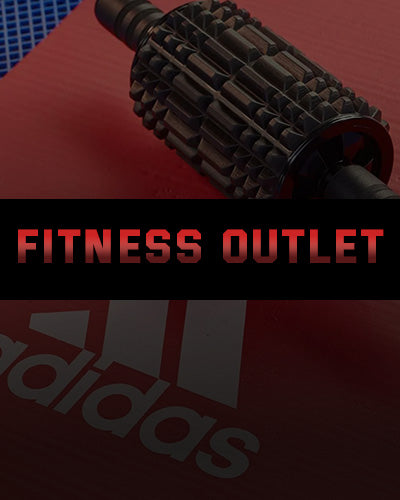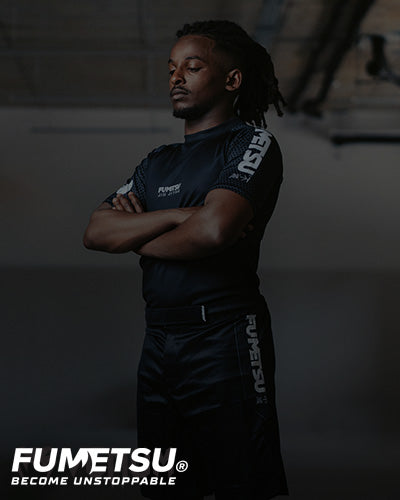Table of content
When exploring the realm of striking arts, two disciplines often shine through: Muay Thai and Kickboxing. While they may seem similar at first glance, a closer look uncovers unique techniques, rules, and training approaches that distinguish them.
Certainly, there are fundamental techniques that overlap between these two sports. However, how these techniques are applied can vary greatly depending on the individual fighter and the specific sport they practice.
On the surface, Muay Thai and Kickboxing may appear quite similar. Both embrace a stand-up fighting style, in contrast to grappling-focused martial arts like wrestling or Brazilian Jiu-Jitsu. In terms of competition, they both adhere to a 3-5 round timed format, typically conducted in a ring or on a platform.
Despite their shared roots in ancient unarmed combat, Muay Thai and Kickboxing have evolved into distinct martial arts. In this friendly blog, we'll uncover the differences between Kickboxing and Muay Thai, as well as look into the fascinating history behind each combat sport.
Differences between Muay Thai and Kickboxing
1. History and Origins
Let's briefly look into the intriguing history and origins of Muay Thai vs kickboxing.
To kick things off, let's explore Muay Thai, affectionately known as the "Art of Eight Limbs," originating from Thailand and deeply rooted in its vibrant cultural tapestry.
Muay Thai's journey is steeped in tradition, tracing back through centuries of Thai heritage. Today, Bangkok stands as a beacon for those seeking authentic training in this revered martial art, maintaining its status as a cornerstone of combat sports worldwide.
Now, shifting our focus to kickboxing, it emerges as another beloved martial art, blending traditional techniques with the flair of Western boxing. Its rise occurred in the mid-20th century, captivating enthusiasts with its dynamic fusion.
Interestingly, there's ongoing dialogue and aspirations to elevate kickboxing onto the Olympic stage, a testament to its growing global appeal and recognition.

2. Technique and Strikes
Muay Thai:
- Utilises all eight limbs: fists, elbows, knees, and shins.
- Emphasises clinch work and close-range combat.
- Includes techniques such as the Thai clinch, elbow strikes, and devastating knee strikes.
- Incorporates sweeps and throws to off-balance opponents.
- Focuses on developing strong defensive skills alongside offensive techniques.
Kickboxing:
- Primarily relies on punches and kicks.
- Techniques often involve quick, explosive movements.
- Striking techniques are delivered with speed and precision.
- Footwork and agility play a crucial role in evading opponent's attacks.
- Less emphasis on clinching and grappling compared to Muay Thai.
3. Stance and Footwork
In Muay Thai, you'll often find practitioners rocking a squared stance. Why? Well, it's all about setting the stage for those mighty kicks and knee strikes, packing a serious punch (or should we say, kick)!
On the flip side, kickboxers tend to favour a sideways stance. Why the sideways shimmy? It's all about agility and slick moves, allowing for swift dodges and fancy footwork.


4. Pace
Check out a single round of Kickboxing, and you'll quickly see how action-packed it is, with a flurry of strikes dominating the scene. Kickboxers are all about volume—they unleash a rapid-fire sequence of strikes, blending high and low kicks to keep their opponents guessing.
Muay Thai, on the other hand, is a whirlwind of activity. Fighters constantly circle the ring, unleashing a barrage of punches, kicks, elbows, and knees with remarkable speed and agility. The pace is relentless, with both fighters pushing themselves to the limit, searching for openings to land strikes or gain an advantage.
5. Sparring and Defense
Sparring sessions are vital in Muay Thai and Kickboxing training, offering practitioners a chance to hone their skills, refine timing, and master distance management—a fundamental aspect of martial arts.
Indeed, sparring is a cornerstone of both Kickboxing and Muay Thai, providing invaluable experience.
While defence is key in both sports, Muay Thai's emphasis on clinch work demands a distinct defensive prowess, setting it apart from other disciplines.
Difference in Equipment: Kickboxing & Muay Thai
Arriving at an event only to realise your outfit isn’t quite right can be such a downer. And hey, martial arts is usually no different!
Imagine showing up to a kickboxing class in a Jiu Jitsu Gi - you’d definitely feel a bit out of place, right?
Gear-wise, both Muay Thai and Kickboxing demand specific equipment to ensure you're performing at your best while staying safe.
Firstly lets look into the gear and protection needed for kickboxing:
- Point Fighting Gloves/ Kickboxing Gloves: Lightweight and agile, perfect for precise strikes in point fighting. Kickboxing gloves similar to boxing gloves offer hand protection and wrist support for intense training sessions and bouts.
- Kickboxing Uniforms: Provides freedom of movement and breathability for optimal performance.
- Foot Pads: Cushions feet during sparring, ensuring stability and reducing injury risks.
- Kickboxing Shin Guards: Protects shins from impact during training or fights.
- Kickboxing Head Guards: Safeguards head and face from punches and kicks.
- WAKO Approved Gear: Meets quality and safety standards for competitions.
Now, let's shift our focus to Muay Thai:
Muay Thai Gloves: Specifically designed for Muay Thai (however likely interchangeable for boxing) offer hand protection and wrist support.
Muay Thai Shin Guards: Protect your shins from heavy kicks and strikes with durable and padded shin guards.
Muay Thai Head Guards: Safeguard your head and face during sparring and competitions with Muay Thai head guards. They provide cushioning and protection against punches, elbows, and kicks.
Knee & Elbow Guards: Essential for both offence and defence, knee and elbow guards offer protection during strikes and blocks.
Conclusion
The comparison between Muay Thai and Kickboxing uncovers a vibrant tapestry woven with rich history, diverse techniques, and cultural significance.
These disciplines provide distinct avenues for self-discovery, physical fitness, and martial arts mastery.
Originating from different times and places, they each bring their own excitement and competitive spirit to the arena.
So, if you're looking start Muay Thai or stepping into the ring for Kickboxing, remember to keep exploring, keep training, and keep pushing the boundaries of what's possible!
Explore our collection of Muay Thai gear and Kickboxing equipment to elevate your training and performance to new heights!







